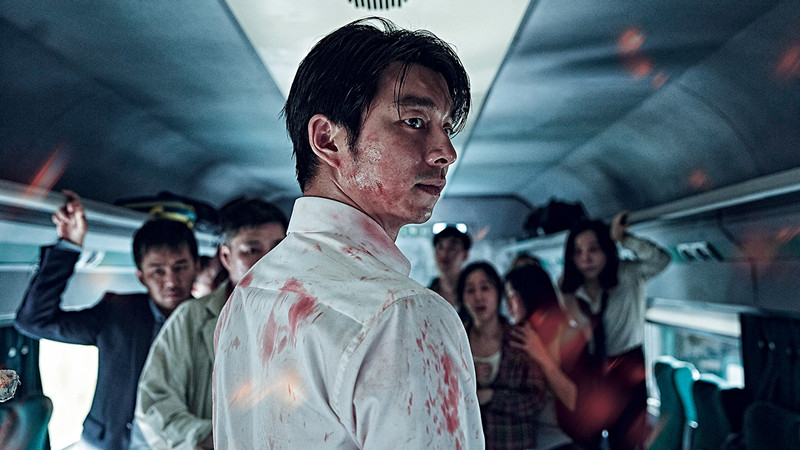
Zombie films have always been a horror staple of cinema. Victor Halperin’s White Zombie was released in 1932 and is often cited as the first zombie film. After that a steady slew of zombie films followed in the thirties, forties and fifties.
The zombies in these films were mostly pale, slow moving, obedient and they certainly didn’t eat anyone. In fact, they were usually merely the dead come to life again. In 1968 this all changed. George A. Romero came out with The Night of the Living Dead, and the face of zombie films would never quite be the same again. These zombies were mean, frenzied and most importantly – hungry to devour the living!
Now zombie films became much more focused on gore, horror and shock. In 1985, The Return of the Living Dead was released which reinvented the genre yet again. In this film, the concept of zombies eating brains, and not just flesh, was introduced. This concept became popularised in the public conscious and remains a common notion about zombies. By now, the zombie genre had been completely shaken up – zombie films were not only straight horrors, they explored subgenres as well. Zombies as characters had also changed. Now zombies could run fast, set traps and eat whoever they could find.
After a slight slump of zombie films in the nineties, zombie films experienced a resurgence in the early noughties with the release of films such as 28 Days Later, Resident Evil and Dawn of the Dead. Not only did this renew interest in the genre but it pushed filmmakers to explore the genre even further. Dozens of films followed, exploring many subgenres, to a point where it was hard to find a zombie film which had not been done before.
This list looks at films that managed to bring a fresh perspective, tone, story or unique take to the overcrowded zombie genre and give audiences something new to watch.
1. Zombieland (2009)
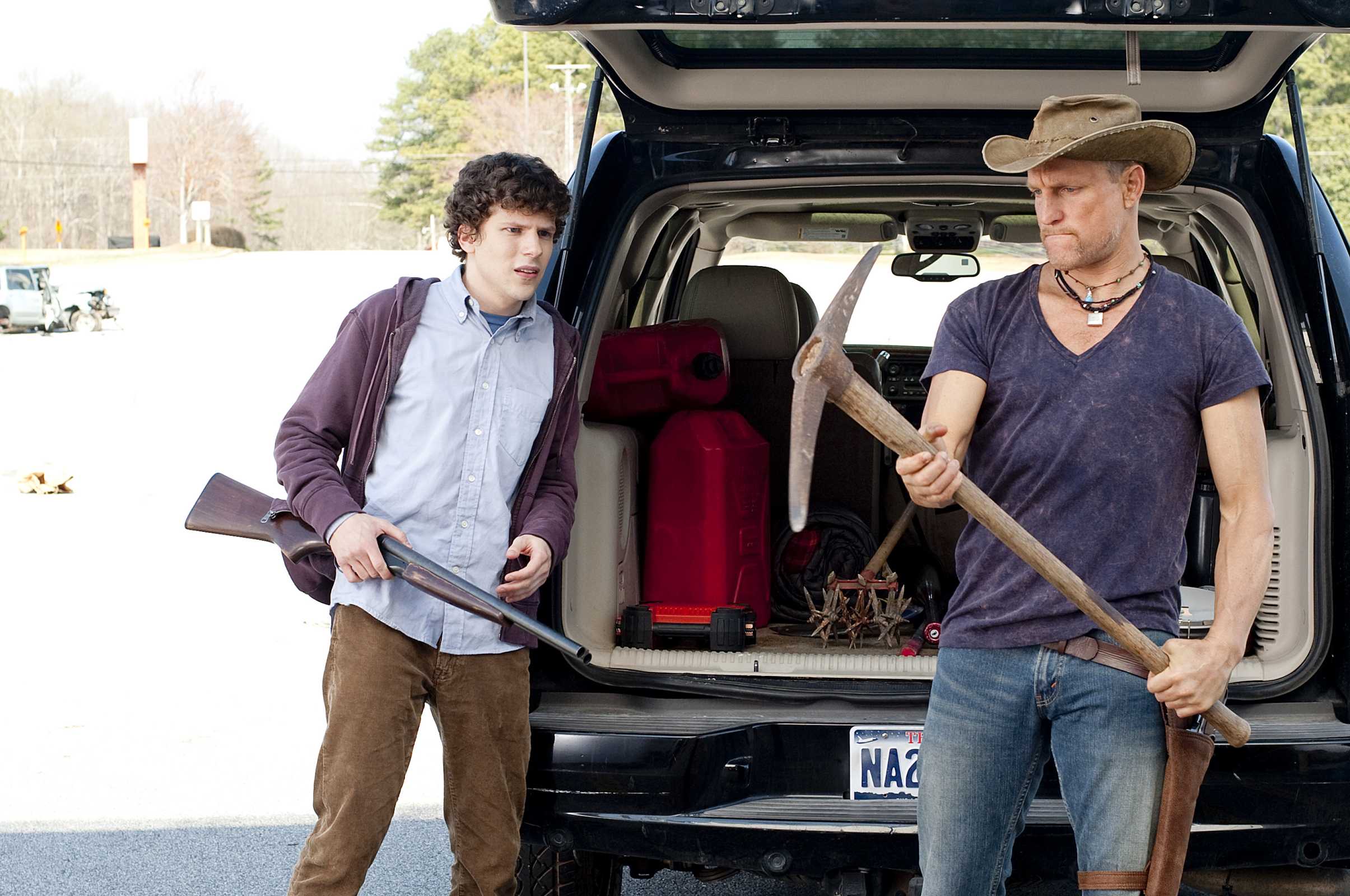
After a virus turns most of the population into flesh-eating zombies, the United States of America no longer exists, and the survivors now live in Zombieland. Loner student Columbus abides by his own strict set of rules in order to survive. As he makes his way through the zombie apocalypse, he meets three other survivors along the way and together they team up on a road trip in an attempt to find a zombie free sanctuary.
The subgenre of making use of comedy in zombie films had been used previously to the release of Zombieland, and had been used effectively. However, Zombieland still managed to feel like a fresh addition to the genre.
This is due to the film’s use of dialogue, characters and popular culture. As well as its emphasis on humour whilst still maintaining a focus on the zombie and threat element. The four central characters made use of some typical character tropes – the loner, the gun-happy tough guy etc, but in Zombieland these tropes are built upon and then turned on their head.
The witty banter between the characters makes for fun and interesting dialogue, and the use of a celebrity cameo plays into the playful and fun tone of the film. The short running time of eighty-seven minutes also helps Zombieland feel fun, fast-paced and engaging. Overall, Zombieland uses its comedic elements, fun visuals and quirky characters to make it a great and original addition to the Zombie genre and zombie comedy subgenre.
2. Train to Busan (2016)
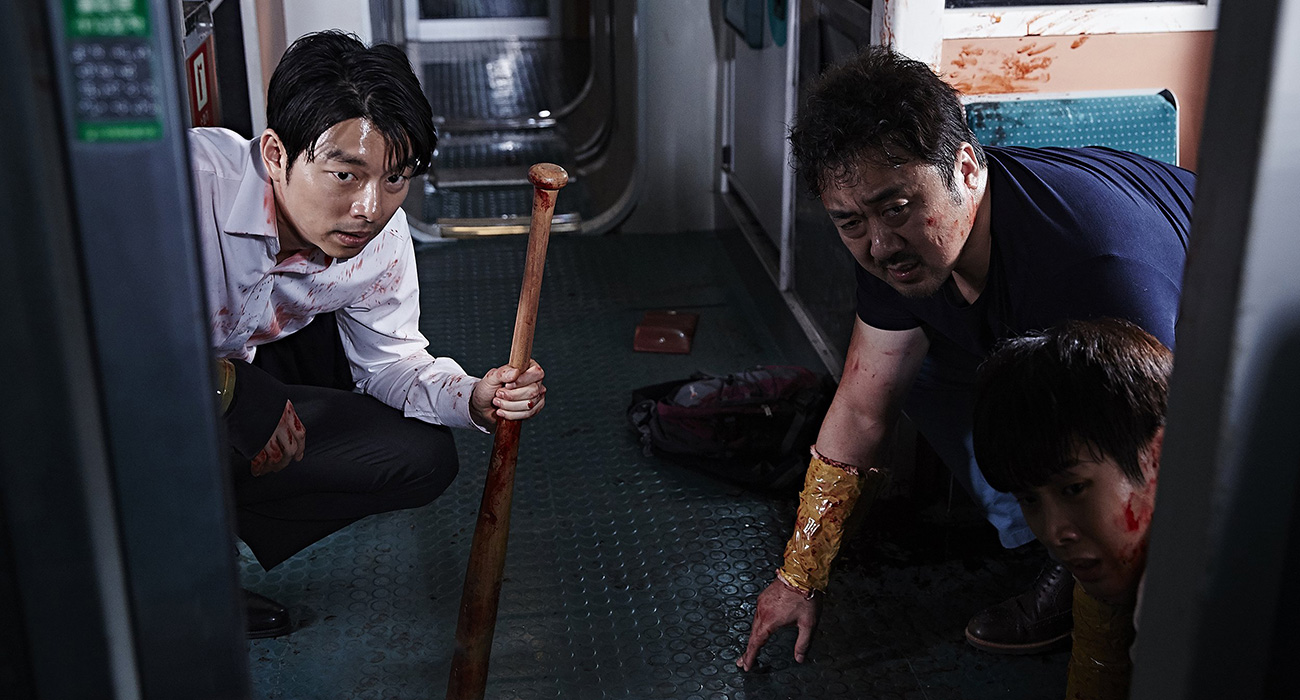
When a zombie virus breaks out in South Korea, one of the infected boards a commuter train to Busan and attacks a train attendant, causing the infection to quickly spread throughout the train. A group of commuters become caught up in the ensuing chaos and destruction. As the train speeds towards its destination, the survivors must battle to survive with nowhere to escape to apart from the carriages within the train.
Hailed by many as one of the best zombie films of recent years, Train to Busan was praised by audiences and critics alike for its original take on the zombie genre. The action takes place primarily in one location – the train.
This self-contained setting means that the audience is able to stay in the action, and with the characters at all times. Not only does this build significant empathy with the characters, it also allows the story to stay self-contained as well, meaning that the narrative flows well and the film stays engaging throughout.
Train to Busan also uses social commentary to underscore the zombie threat, when the survivors are not dealing with zombies they have each other to deal with. Train to Busan also rallies against traditional zombie films by not relying on terrifying scenes or jump scares – the very idea of being trapped on a train with zombies is fear enough alone.
Train to Busan effectively mixes the serious with the melodramatic, and by the time it is speeding along towards its conclusion, the audience will feel like they have been on a thrill ride too.
3. Seoul Station (2016)
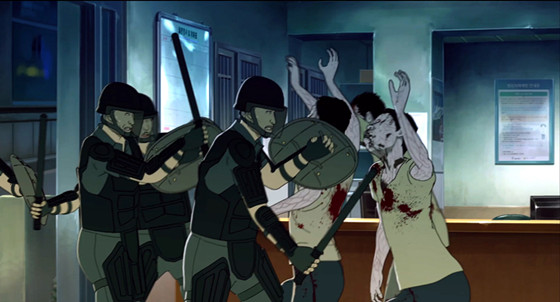
A homeless man is taken ill at Seoul station, and it is revealed that he is the source of an outbreak of a virus that turns people into zombies. As the virus begins to spread, a father searches for his runaway daughter amidst the growing chaos. Elsewhere, people try to survive against the growing onslaught of the virus while the government take matters into their own hands. Seoul Station serves as an animated prequel to the live action film Train to Busan.
Seoul Station was released less than a month after the live action sequel Train to Busan, and like Train to Busan it uses the zombie genre to address underlying prominent issues. In fact, Seoul Station delves far deeper into human nature than Train to Busan, and leaves the audience with no doubt that there are important social messages to be taken from the film. Perhaps even more than the feeling of uneasiness surrounding the flesh-eating zombies attacking the city, is the feeling of uneasiness surrounding how people treat each other and how society is often divided by class and status.
There is not an abundance of animated zombie films, and you could be forgiven for thinking that perhaps that means that Seoul Station is not capable of shocking or scary scenes. However, there are lots of scenes filled with tension and dread – in particular there are a couple of chilling scenes between the living that certainly live up to the horror nametag. Overall, Seoul Station’s social advocacy and unflinching commentary on human nature, certainly gives it a place as an original take on the zombie genre.
4. The Girl with All the Gifts (2016)
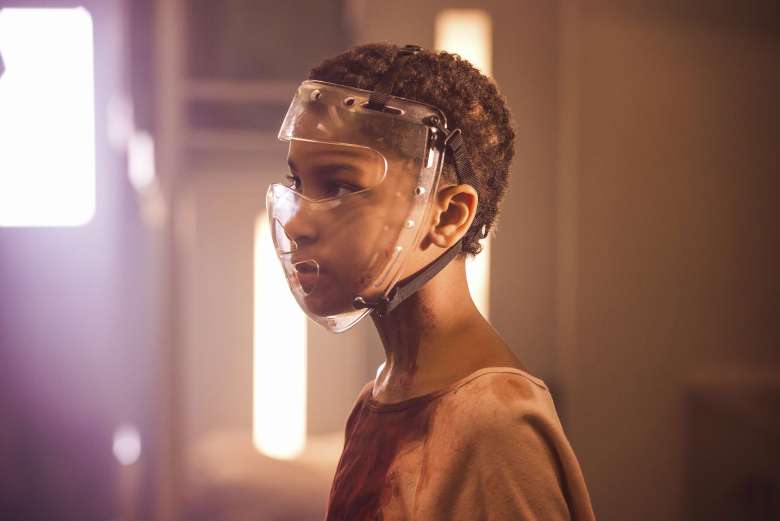
In a dystopian future, a strange fungus has turned nearly all the population into mindless flesh-eating zombies called ‘hungries.’ Humanity’s only hope lies with a small group of hybrid children who crave living flesh, but still retain freewill and the ability to think and feel. The children are kept at an army base, but when the base is attacked, a small group of people begin a journey with one girl who may be the answer to the cure.
Based on the novel by Mike Carey, The Girl with All the Gifts didn’t make a big splash at the box office but was popular with the audience and critics alike who recognised its fresh take on the zombie genre. The story, which revolves around young girl Melanie, gives a unique slant on the zombie apocalypse. It is not just a story about survivors trying to get by or searching for sanctuary, it delves deeper into questions of trust, culpability and how to treat others.
Set against a backdrop of English countryside and an overgrown and wild London, the production design of a post-apocalyptic England feels strangely realistic and unsettling. The film had a low budget (around £4 million) and in this case, this definitely does not feel like a drawback – rather it helps the feel, tone and look of the film. Along with a strong cast and a great breakout performance by Sennia Nanua who plays Melanie, The Girl with All the Gifts is highly watchable.
By the time the divisive ending comes around, and whether it thrills, annoys or confuses you, you will definitely have formed your own opinion on the events that have unfolded and how the characters have acted. A zombie film which has recognisable elements but throws in thought provoking questions and crises as well, The Girl with All the Gifts breathes fresh life into the genre.
5. The Battery (2012)
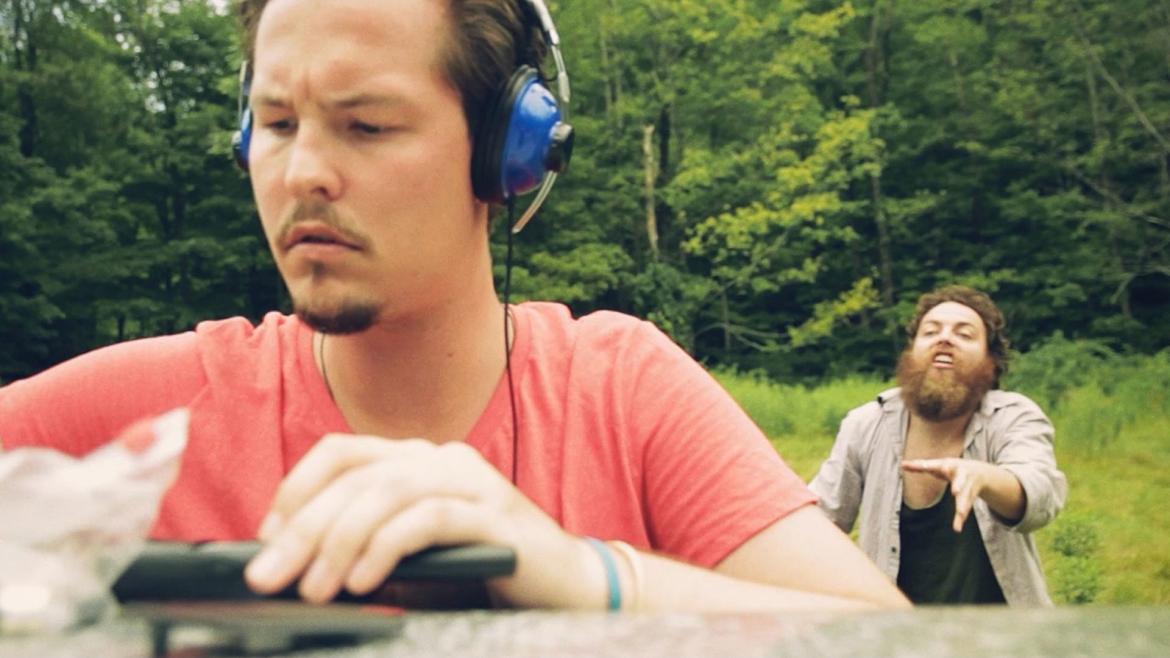
A zombie apocalypse has overtaken the entirety of New England, and everywhere is teeming with the undead. Forced together by the events of the apocalypse, two former baseball players travel the backroads of Connecticut together with no destination in mind. Stuck together, the two find their relationship becoming strained as they struggle to survive each passing day.
The Battery is a unique zombie film in that it is not about battling hordes of the undead, but more about what happens in between those moments. Post-apocalyptic life is certainly dangerous, but more than that it is grim and glum The Battery is about how to cope now that the end has come.
As often becomes apparent in the zombie genre, the most dangerous creatures are not always the flesh-eating undead but actually those who are left living. The dynamic between the two main characters, Ben and Mickey, makes for an interesting focus instead of relying on the usual action set pieces.
Director Jeremy Gardner said that he hoped to add an original addition to the genre by exploring an intimate character dynamic and the effect that a zombie apocalypse would have on the human psyche. He also stated that he used tried and tested rules of the genre and mixed them with weird and personal quirks to make the film stand out in amongst other zombie films. In this way, The Battery is another film which has an original take on the zombie genre, and shows that the main attraction of a zombie film does not have to be the zombies themselves.